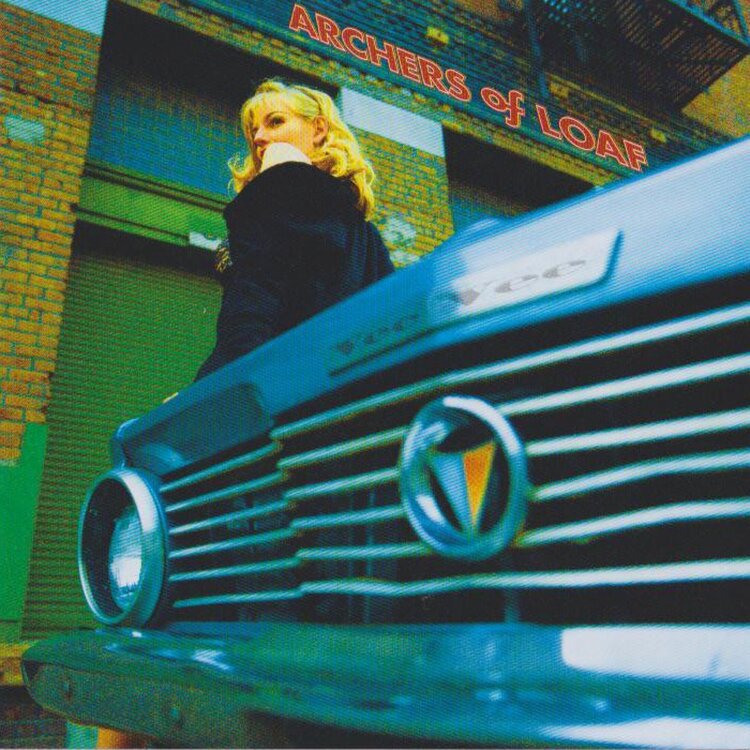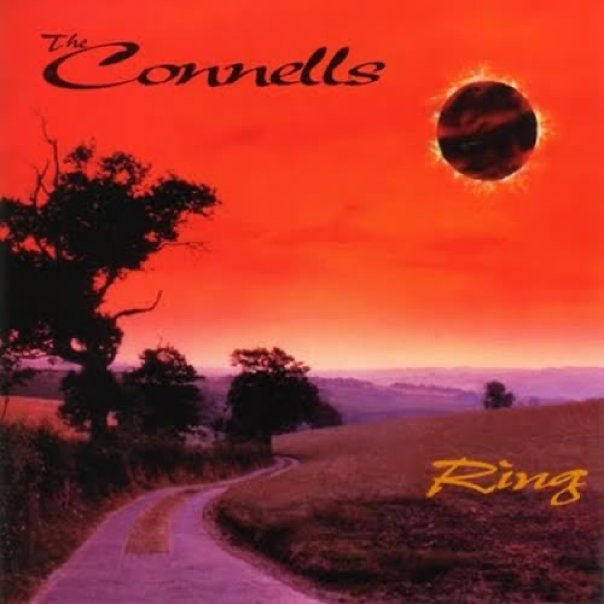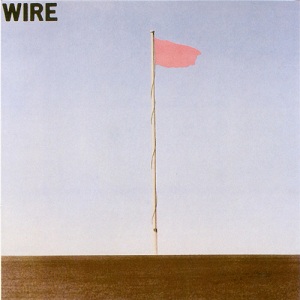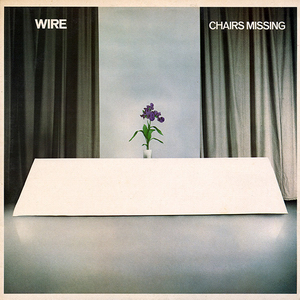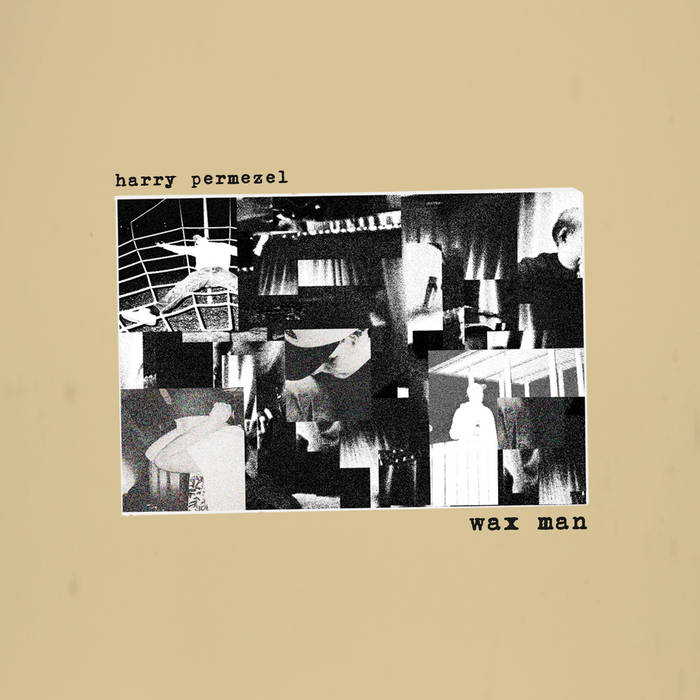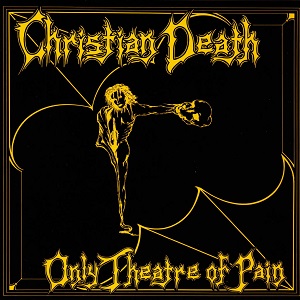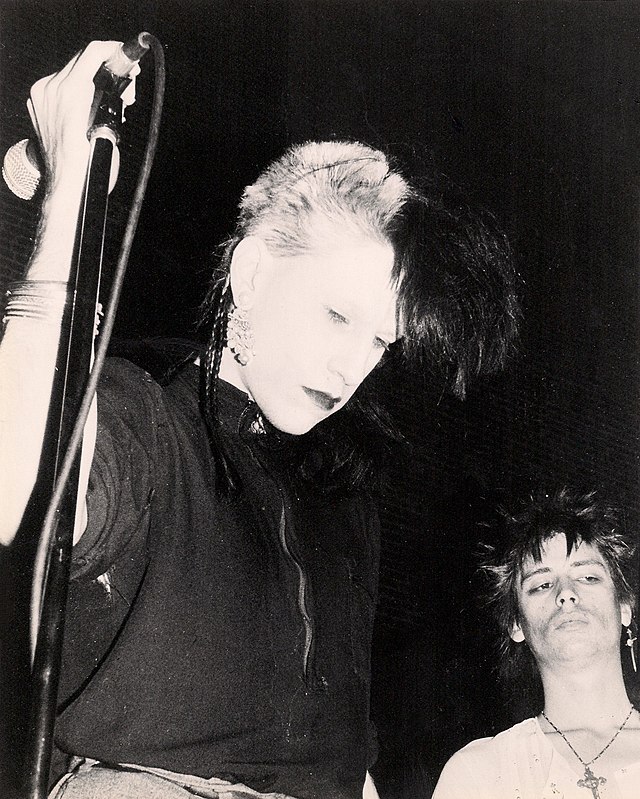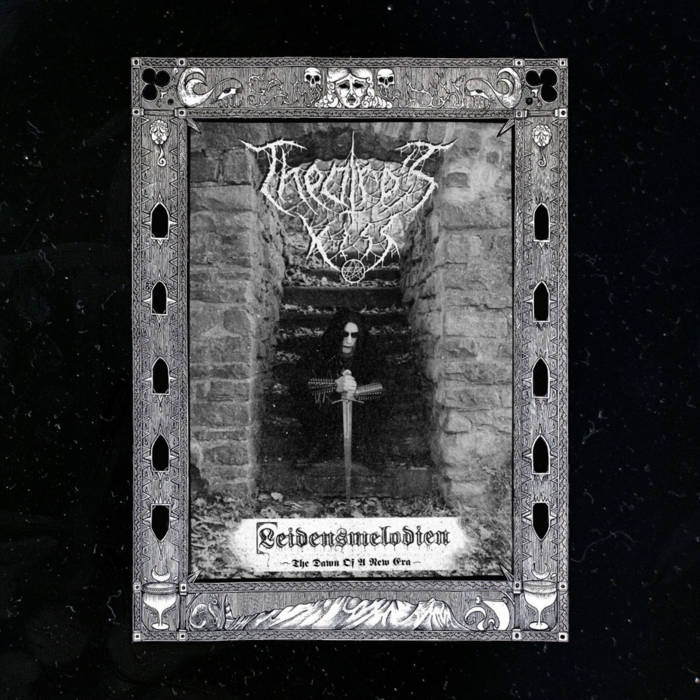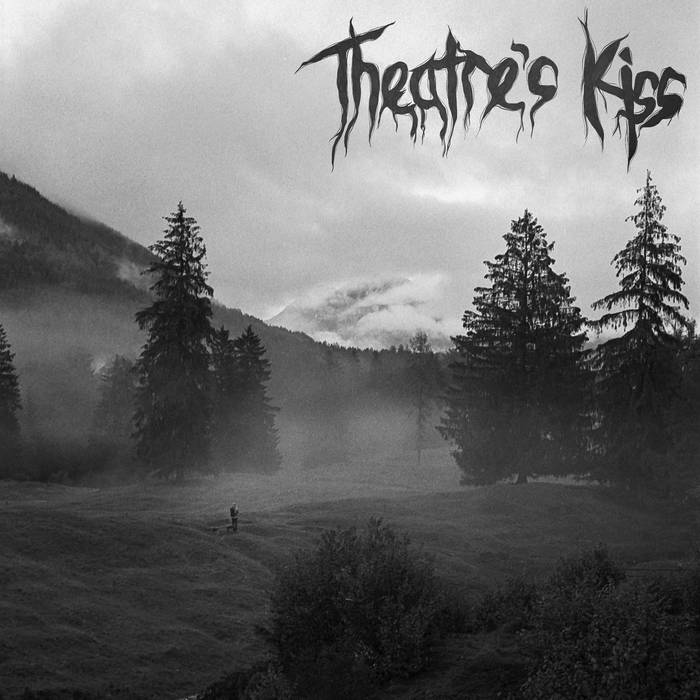More North Carolina. More! Archers of Loaf is one of my personal favorite bands that have stemmed from the Raleigh-Durham area. This is a band that is compared to Pavement, Sonic-Youth, and the Replacements (all on their Spotify bio).
Archers of Loaf formed in 1991 at UNC with Eric Bachmann (guitar and vocals), Eric Johnson (guitar), Matt Gentling (bass) and Mark Price (drums). All members are from the Asheville area, so they’re all born and bred North Carolinians.
Their first studio album, “Icky Mettle” was released in 1993. It features a few of their most popular tracks, “Web in Front”, “Fat” and “Plumb Line”, and this album is great but I’ll be focused on “Vee Vee”, the Archers’ third studio album, released in 1995.
“Vee Vee”
In “Vee Vee”, Archers of Loaf introduce us to their album through discordant guitar instrumental set as a pathway to backyard, grunge-y hang-out vibes. The first track, “Step into the Light” absorbs your consciousness and releases you ‘into the light’. It trickles down my spine and leaves me shivering and smiling in preparation for the rest of the album.
Second up is “Harnessed in Slums”. I mean, this whole album’s sound is a tribute by misfits and outcasts for misfits and outcasts: the musically un-inclined, the thrown away, the disowned folks that are trying to find their own way. The harsher vocals in this track make it like a punk, tailor trash theme song. If you’re feeling dejected, come and get some vengeful vibes from this track.
“Let the Loser Melt”: the lyrics, vocals and all aspects of this song combine to create a jarring scene of getting stuck, unstuck, then stuck again. I love the sensations Archers are able to pull off within this song. We don’t know where we’re gonna get halted until it happens again and again.
In their final track from “Vee Vee”, the “Underachievers March and Fight Song”, is an ode to frustration and freedom from stupid values hanging over all our heads. “Underachievers” calls all of us folks trying to get by with little friction to stand up and fight. The track might be a seven and a half minute t, but there’s a nice long four to five minute gap of silence then a chaotic clanging to finish the track and album. It does the most with very little effort, a true underachiever.
Yee Yee
I love this album. It’s my favorite from Archers of Loaf’s suite of releases because of its discordant punk and indie rock fusions. The band is a North Carolina staple in the indie rock world where I hope Wednesday and younger bands can soon (or maybe they already have) replace them as this generation’s finest from North Carolina.
If you haven’t spun this record or anything from Archers of Loaf already, definitely take some time to check them out. And, if you already love them like myself, then revisit and enjoy the wonderful sounds stemming from this wonderfully mediocre state.

